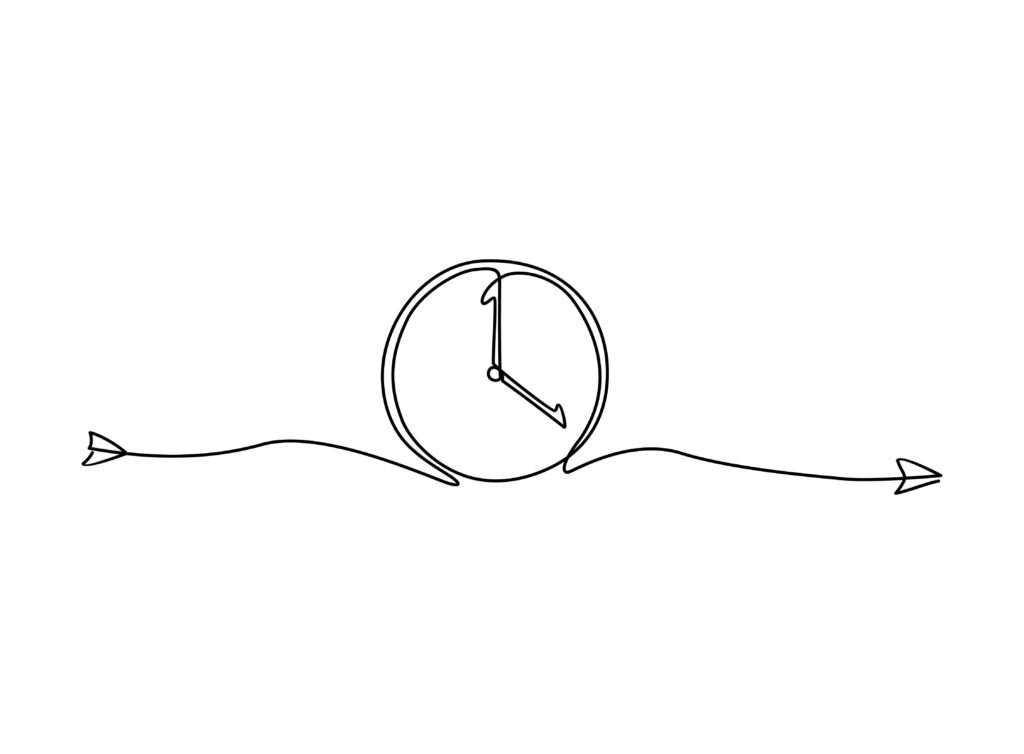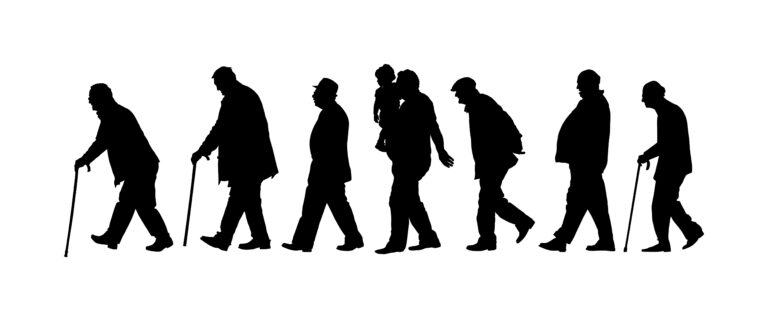The clock drawing test (CDT) is a simple, non-verbal tool used to screen for cognitive impairments, including dementia. It is a quick and easy test that can provide valuable information about a person’s ability to understand time and space, and their ability to plan and execute a simple task. Here is a whole book decidicated to understanding the neuropsychological analysis behind the clock drwaing test.

To learn how to administer the dementia clock test, follow these steps:
- Provide the person with a blank piece of paper and a pencil.
- Ask the person to draw a clock face, with the numbers 1-12 and the hands showing the time “10 after 11.”
- Score the person’s clock drawing by evaluating several factors, such as the number and placement of numbers, the size of the clock face, the placement of the hands, and the overall symmetry of the drawing.
- Interpret the score based on established criteria. A normal score would include a clock with all 12 numbers present and placed in the correct positions, with the hands accurately indicating 10 minutes after 11. Abnormal scores may include missing or misplaced numbers, distorted or disproportionate clock face, or incorrect placement of the hands.
It is important to note that the clock drawing test is not a definitive diagnostic tool for dementia and should not be used as the sole means of diagnosing the condition. However, it can be a useful tool for detecting early signs of cognitive decline and helping healthcare providers determine if further testing is needed.

The clock drawing test is a simple and quick tool used to screen for cognitive impairments, including dementia. By providing a piece of paper and a pencil, asking the person to draw a clock face, and evaluating the clock drawing for certain factors, healthcare providers can gain valuable information about a person’s cognitive abilities.
The clock drawing test (CDT) has a long history in the assessment of cognitive function, especially in the field of geriatrics and dementia. The test was first described in the late 1960s by neuropsychologists, and since then, it has been widely used in a variety of settings to evaluate cognitive function and identify changes over time.
One of the advantages of the clock drawing test is that it can be administered quickly and easily in a variety of settings, including doctor’s offices, hospitals, and nursing homes. The test does not require any special equipment or training, and can be performed by healthcare professionals, family members, or caregivers.
Over the years, the clock drawing test has been modified and refined to make it more sensitive to different stages of cognitive decline. Several scoring systems have been developed to standardize the interpretation of the test results, making it easier to compare results across different individuals and settings.
The clock drawing test has also been found to be an effective tool in detecting early signs of cognitive decline and predicting the risk of developing dementia. Studies have shown that the test is a reliable and valid tool for assessing cognitive function, and can be used to monitor the progression of cognitive impairment in people with dementia and other neurodegenerative diseases.

The clock drawing test is a widely used and well-established tool in the assessment of cognitive function, especially in the field of geriatrics and dementia. Its ease of administration, versatility, and sensitivity to cognitive decline have made it a valuable tool for healthcare professionals, family members, and caregivers in the detection and monitoring of cognitive impairment.





